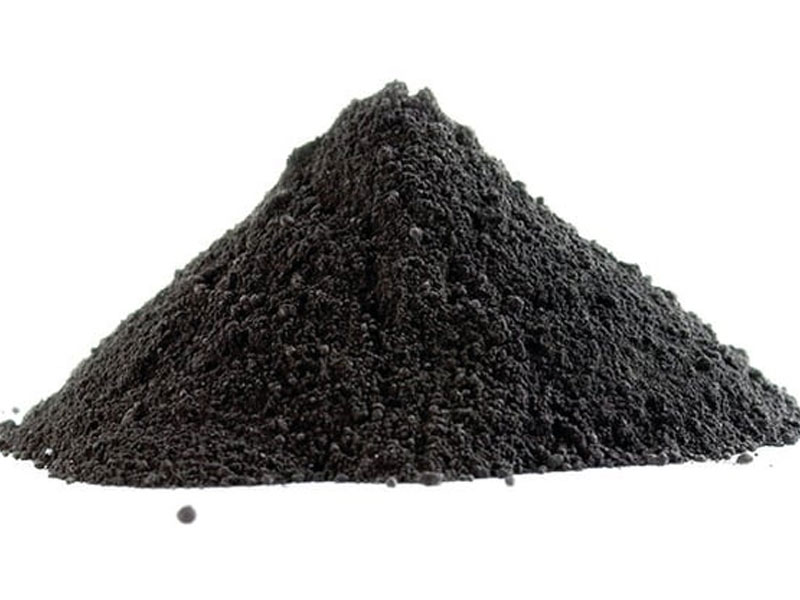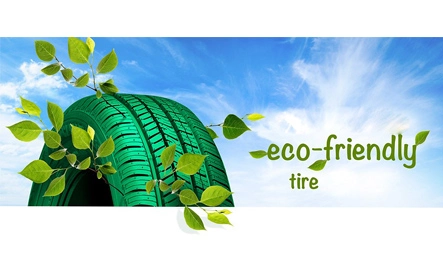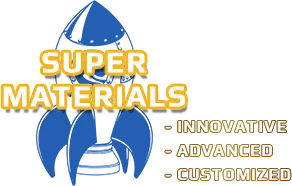

AKRON—Tire makers are looking toward more sustainable ingredients in their products as the net zero goals and challenges of the next 30 years loom large.
One of those hurdles is to produce a more sustainable carbon black, an essential safety and performance additive that currently relies almost exclusively on petroleum feedstocks and energy-intensive furnace black processing.
This, in turn, poses a major challenge for carbon black suppliers.
Less than 1 percent of all carbon black material used globally in new tire production comes from recycled, end-of-life tires, or what is known as recovered carbon black.
And even less comes from other sustainable carbon black processes, most of which are in their nascence, like methane pyrolysis, renewable carbon black and circular carbon black.
But there is demonstrable hope, as both the carbon black and tire industries innovate and form partnerships around the challenges.
Here is a breakdown of the pros and cons of the four sustainable CB production methods as defined recently by Smithers, a testing and consulting firm with headquarters in Akron and the United Kingdom.
1. Recovered carbon black

Recovered carbon black, the solid carbon residue from tire pyrolysis, is the go-to method for tire manufacturers, as about 65 percent cite the method as the "best material to achieve sustainability goals," according to the Smithers report.
THE PROS:
·rCBs are "100-percent recycled" and represent an 85-percent reduction in their carbon footprint versus furnace black methods.
·rCBs have been refined into viable alternatives for semi-reinforcing CBs, including N700, N600 and N500 grades.
·rCBs are anywhere between a 6 (pilot scale) and 9 (industrialized scale) on the technology readiness level, according to the Smithers report.
rCB provides an answer to the end-of-life tire problem, as ELTs are used as feedstock.
THE CONS:
The required thermal processing means that the method cannot be 100-percent carbon-free.
Specifications need to be defined.
rCBs are not yet fully industrialized, with industrial volumes expected by 2024, according to Smithers.
Most sustainable CB suppliers are adopting tire pyrolysis, including Black Bear Carbon B.V., Bolder Industries, Circtec Group, Elysium Nordic, Kal Tire and Scandinavian Enviro Systems A.B., among many others.
2. Methane pyrolysis

Smithers noted that one of "the main paths" to sustainability in carbon black production involves methane pyrolysis, which has a demonstration line already in position in Nebraska with Monolith.
The production process uses a plasma arc reactor to form the CB during methane decomposition.
THE PROS:
Methane pyrolysis produces turquoise, or sustainable hydrogen, as a secondary product.
Methane pyrolysis has produced CBs that can replace semi-reinforcing carbon blacks (N500, N600 and N700). Highly reinforced CBs—like N100, N200 and N300—might be feasible in the next 5-10 years.
The method has "substantial potential" using biomethane feedstock combined with green power.
THE CONS:
The technology readiness level is a 7, meaning it is in the "demonstration and full-scale engineering" stages and not yet industrialized, which is expected in 2025-26.
· Until production plants can use biomethane feedstock or some form of green power by which the plant can be powered, overall sustainability is only "incrementally better" than furnace black production.
With Monolith as the only planned production plant, single-sourcing is a risk for customers.
3. Renewable carbon blacks

Renewable carbon blacks are produced using a standard furnace black production line, but use biobased, renewable feedstocks, like wood (rather than fossil fuels).
THE PROS:
Renewable CBs can produce a conventional range of harder blacks, and commercial supply has now begun with one manufacturer.
Renewable CBs are 100-percent biobased.
Scope 3 (upstream and downstream supply chain emissions) carbon footprint is negative with methane pyrolysis.
Represents an "immediate and tactical solution to the problem of how to make furnace CB greener," according to Smithers.
THE CONS:
Scope 1 (direct emissions from production) and Scope 2 (purchase of energy) carbon footprints are the same as furnace blacks.
Feedstock availability, yield (expected to be less with the lower carbon content in the renewable feedstocks) and cost are major issues for this production avenue. Cost is expected to be five to 10 times higher than conventional CBs.
Technology readiness level is a 6, the pilot stage.
4. Circular carbon blacks

Circular CBs also are produced using furnace methods, but with circular, recycled feedstocks like tire pyrolysis oil (as opposed to renewable feedstocks, like wood).
THE PROS:
Circular CBs are considered the "halfway point between renewable and standard furnace blacks," Smithers said. Energy use is much lower than for conventional carbon black furnace processes.
Every furnace black grade can be produced as circular carbon black. The current available circular grade is an ASTM N330 CB.
Circular CBs are 100-percent recycled.
Circular CBs maintain a lower Scope 3 carbon footprint than furnace blacks.
Like renewable CB, this process represents an "immediate and tactical solution ... to making furnace black greener."
THE CONS:
The cost of circular CBs—still at the pilot production level (6)—is expected to be about double that of furnace blacks.
Produced on standard furnace black production lines, so Scope 1 and Scope 2 carbon footprints are similar.
Yield might be lower, as carbon content in the feedstocks is lower.
We Value Your Privacy.
Our website uses cookies to improve your experience. By clicking "Accept All Cookies", you agree to the storing of cookies on your device to enhance site navigation, analyze site usage, and assist in our marketing efforts.
 English
English 日本語
日本語 한국어
한국어 français
français Deutsch
Deutsch Español
Español italiano
italiano русский
русский português
português العربية
العربية tiếng việt
tiếng việt





